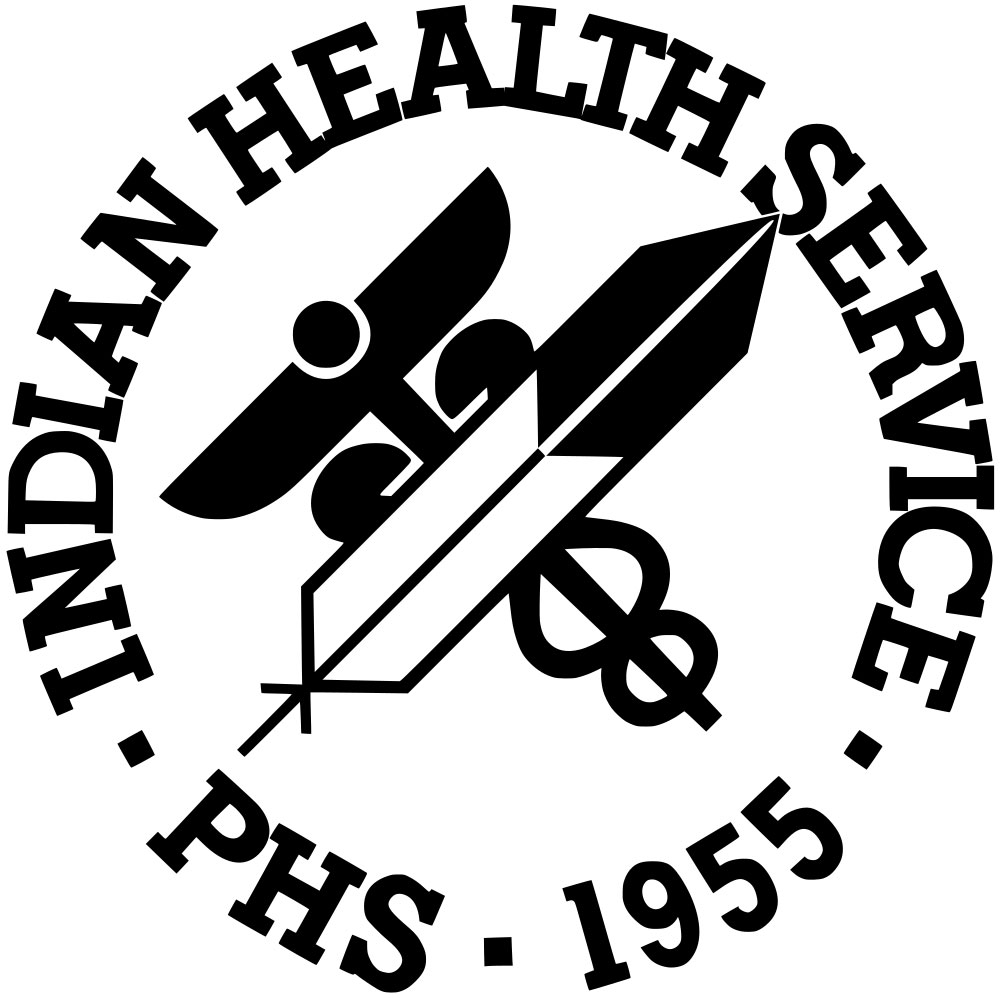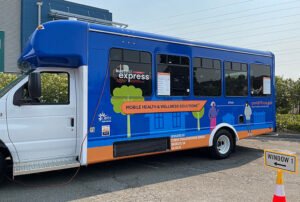
October 15, 2019; New York Times
The stories are heart-wrenching. Writing in the New York Times, Mark Walker writes of a six-month-old who nearly died from asphyxiation because an Indian Health Service hospital misdiagnosed a respiratory infection as a common cold.
Nationwide, the Indian Health Service, a division of the US Department of Health and Human Services, runs 24 hospitals. But, as Walker writes, shortfalls are pervasive. At one facility called Sioux San, Walker reports that five government investigations “have found that patients have died…from inadequate care, are often given wrong diagnoses and are treated by staff members who have not been screened for hepatitis and tuberculosis.”
NPQ has written about health disparities in Indian Country, as well as creative solutions. And one of those solutions is for American Indian nations to assume direct control. Walker notes that the Sioux San hospital is “part of a growing trend in which tribes have declared themselves fed up with the federal government’s management of the health care system and are seizing control of troubled hospitals in the belief that they can do a better job of running them.”
If you look at the statistics, it is not hard to understand why American Indian nations want to run healthcare for themselves. As Walker explains:
A New York Times analysis of government data found that a quarter of medical positions within the Indian Health Service—including doctors, dentists and nurses—are vacant. In some areas, the vacancy rate is as high as 50 percent.
In states with Indian Health Service hospitals, the death rates for preventable diseases—like alcohol-related illnesses, diabetes and liver disease—are three to five times higher for Native Americans, who largely rely on those hospitals, than for other races combined.
Walker also notes that, “In South Dakota, whose residents are among the highest users of Indian Health Service hospitals, the life expectancy for Native Americans is 57, 24 years less than for white residents.” And while correlation is not causation, when Indian Health Service records indicate that since 2016, “it has declined to pay medical bills for more than 500,000 patients, saddling them with more than $2 billion in medical debt,” the connection between poor care and unnecessary deaths becomes hard to deny.
“It is sad to see the impact on patients,” Dr. Brook Eide, an emergency room doctor at Rapid City Regional Hospital tells Walker. “The impact emotionally and financially. It’s devastating.”
Sign up for our free newsletters
Subscribe to NPQ's newsletters to have our top stories delivered directly to your inbox.
By signing up, you agree to our privacy policy and terms of use, and to receive messages from NPQ and our partners.
So, this past July, the Great Plains Tribal Chairmen’s Health Board, a nonprofit representing 18 American Indian nations in South Dakota, North Dakota, Nebraska and Iowa, began running Sioux San. The nonprofit’s mission is Hecel Oyate Kin Nipi Kte—“So That the People May Live.”
Already, writes Walker, “The change in management has allowed the tribal authority to develop a plan to reopen the inpatient hospital and the emergency room, recruit more qualified doctors and health care workers, and upgrade equipment.”
A major challenge is cost. A key reason why the Indian Health Service often provides substandard care is because it’s grossly underfunded. Changing ownership does not fix this. One stunning statistic: the federal government in 2016 spent $8,602 per capita on health care for inmates, compared with $2,843 per patient within the Indian Health Service.
Rear Admiral Michael Weahkee, a member of the Zuni nation and a top official in the Indian Health Service, acknowledges that the federal government has failed to keep its treaty promises to provide “the highest” level of health care for American Indians.
Weahkee concurs that more American Indian nations are seeking self-determination. The shift gives the tribal nations greater financial flexibility and enables them to seek other funding sources. Sioux San, notes Walker, “is one of six Indian Health Service hospitals in South Dakota, Nebraska, and Arizona to have converted to tribal management since 2009.”
Despite resource challenges, American Indian nations who take control of their own health care systems have often seen improvements, notes Lynn Malerba, chief of the Mohegan Tribe and chairwoman of the Tribal Self Governance Advisory Committee, which advises the Indian Health Service: “I know tribes that do have been very successful at creating a really wonderful health system to the point where they are experiencing better health outcomes. Tribal citizens who receive their health care through a tribal program are much happier.”
Back in 1998, the Alaska Native Tribal Health Consortium broke off from the Indian Health Service and have no intention of returning. “Alaskan officials say their funding streams come from aggressively seeking grants, their partnership with the veterans’ department, and billing Medicaid and Medicare,” Walker explains. Some American Indian nations that are fortunate enough to have substantial casino revenues have also been able to tap into those revenues to support better healthcare.
Jerilyn Church, who heads the Great Plains Tribal Chairmen’s Health Board, says key goals are to reopen Sioux San’s inpatient unit and emergency room, but funding is tight. “For now,” writes Walker, “the health board is addressing the hospital’s vacancies, reviewing its bill practices and researching grant opportunities to bring new money for equipment and hiring.”—Steve Dubb












